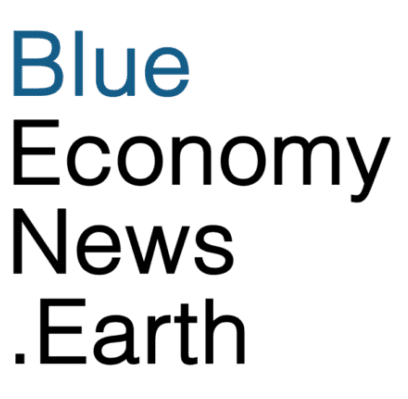Climate change threatens the global food supply, including the marine food supply. Recently, a group of anonymous executives in the grocery industry warned that the threat of food insecurity to the UK because of climate change was like they had “never seen” and that current preparations are just “wishful thinking.” Under current policies and measures–especially those of the largest consuming nations–we are on a trajectory to reach 2.5 degrees temperature increase by 2050. The damage to infrastructures, supply chains and ecosystems is projected to be $38 trillion by 2050.
The First Sentier MUFG Sustainable Investment Institute, whose role is “Providing insights to investors that will contribute to a better understanding of how sustainability should be considered in investment approaches,” has commissioned the ‘Climate Risk & Adaptation in Global Food’ report. This comprehensive report examines risks across the value chain as well as opportunities and solutions that, if companies and investors jump on them, we still have time to implement.
While much of the report addresses agriculture on land, it also addresses the marine food supply, which faces a 40% decline in fishable ocean products by 2100. “Where fishery value chains share the same extreme weather hazards as the broader food ecosystem,” the report said, “they also manifest into unique impacts especially for ocean habitats and migratory patterns.”
Some of these unique risks are damage to coral reefs and seagrass beds which house some 25% of all ocean species. And even oceans can be threatened by heavy precipitation which can lead to stormwater runoff that changes coastal water’s salinity–either injuring fish or forcing them to migrate.
But one of the biggest risks to ocean species is ocean acidification. The ocean is one of the world’s largest carbon sinks, absorbing roughly 30% of all the CO2 we produce as well as 90% of the heat from global warming. But as it continues to absorb levels of CO2 the ecosystem was not designed for, it becomes acidic–which threatens the balance of life in the ocean. Too much CO2 can alter the water pH in such a way that it prevents the ability of corals, molluscs, and certain plankton to build calcium carbonate shells and skeletons. “This damages fish nurseries and disrupts aquatic food chains ultimately leading to material declines in commercially significant fish such as carp, salmon, and cod.”
Ocean temperature, the report noted, is another key risk. Since fish are ectothermic (cold blooded) their metabolism, growth, and reproduction are directly influenced by the water temperature. So heatwaves and temperature changes can have significant impacts on their lifecycles.
Fish are also highly sensitive and dependent on water nutrient levels including for oxygen, carbon, and salinity. The report notes that heavy rainfall or flooding can reduce salinity forcing fish to migrate, and storm runoff can lead to algal blooms that deplete oxygen levels. A single oxygen “event” can kill hundreds or thousands of fish. There are areas in the Gulf of Mexico referred to as “dead zones” because of algal blooms and lack of oxygen caused by runoff from the Mississippi River.
Changes in temperature or water chemistry can interrupt breeding or spawning seasons, reducing populations. And because their food chains are complex, an impact on one species can ripple through the chain having impacts across many.
Actions to Mitigate Losses in Marine Food Supply
There are many steps the fishing and aquaculture industry can adopt and many that innovative companies are adopting, including:
- Increasing feed efficiency focusing on reducing nutrient waste and improving growth rates to lower the environmental footprint of aquaculture
- Integrated Multi-Trophic Aquaculture (IMTA) which leverages natural systems to recycle nutrients and reduce pollution and emissions.
- Blue carbon sequestration through incorporating seaweed farming as part of the operation to absorb CO2 from the water and atmosphere
- Renewables and clean energy to reduce emissions and energy costs (e.g. solar powered aerators or pumps)
- Fish breeding aimed at supporting broodstock that can better withstand climate change and extreme weather
- Diversified feed sources to enhance resilience to climate-induced feed shortages and supply chain risks
- Enhanced infrastructure to better protect fish farms from the impacts of climate change effects and extreme weather such as flooding or storms
- Improved water management including through ‘Recirculating Aquaculture Systems‘ (RAS) to improve water quality whilst reducing water consumption
These are some of the areas where increased investment could guard against significant losses in the future. “Ultimately,” the report said, “corporates and investors can plan and prepare for increased climate risk to protect their fishery assets or downstream processing units.”

